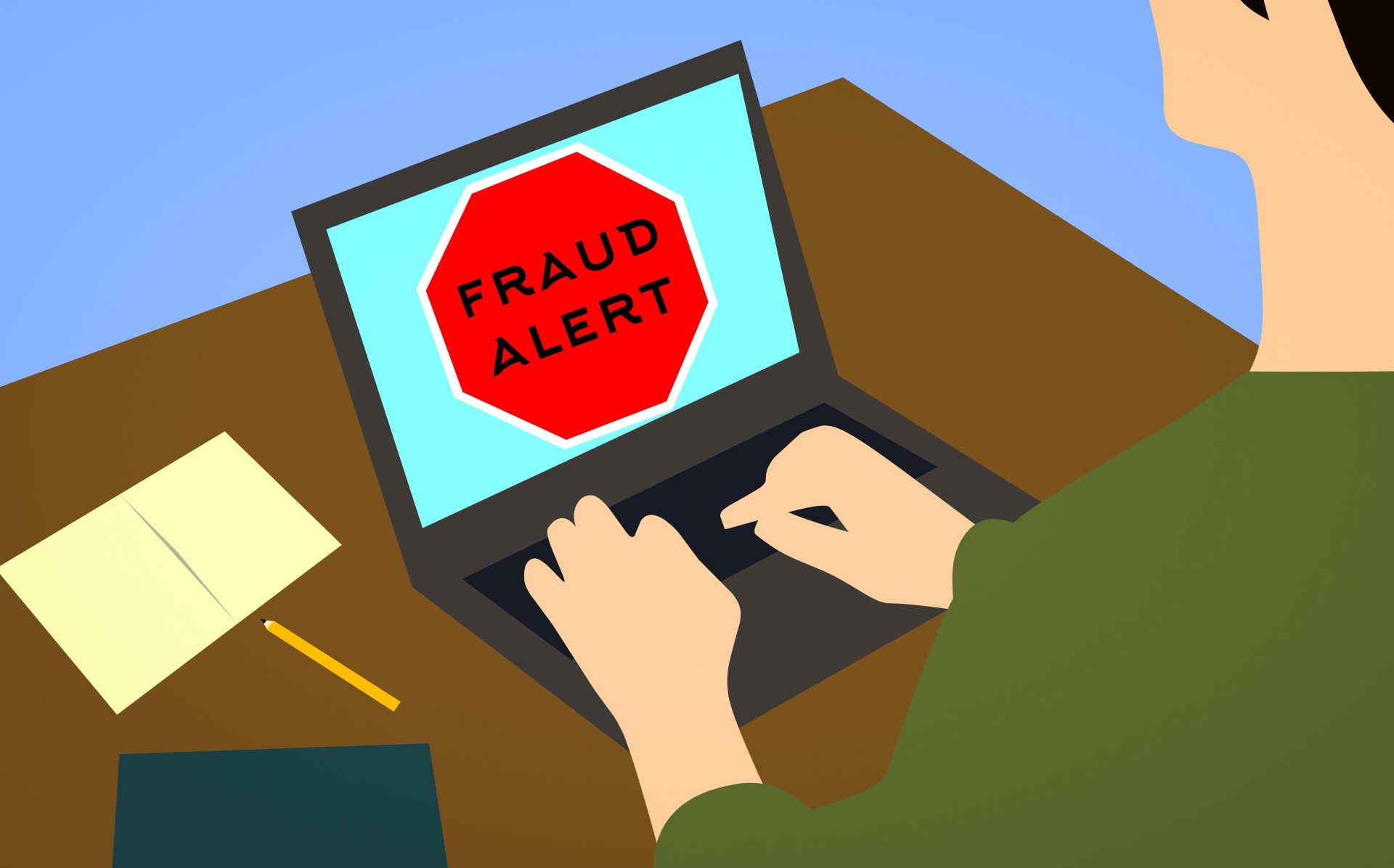Demand for unicorn watches has been high during the COVID-19 pandemic, with some of the biggest brands only able to produce a certain amount of timepieces.
This has led to a boom in the second-hand market as consumers try to get their hands on a luxury watch. But the pre-owned watch market is still very much like the Wild West. There are many second-hand luxury watch marketplaces, and consumers don’t necessarily know who they are buying the watch from.
So how do you shop with confidence when splashing a lot of cash to purchase one of these highly sought after pieces?
We speak with Marion Siamou, a certified FGA DGA Gemologist with experience in diamond and precious gemstone liaising, who works at one of the UK’s leading luxury resale sites, Cudoni.
Cudoni’s authentication process is extensive to ensure item assessments are correct and each piece is accurately priced. Siamou and her team consider a variety of factors for every watch, including crown, bezel, dial, case, clasp/buckle, hands, end links and serial codes.
The team also reviews any collateral that is sent along with the watch, including the inner and outer boxes. Their expert’s research aspects that are exclusive to the brand heritage, such as the season, year and collection to gain a clear understanding of each item’s origin and history.
Below are Siamou’s top five giveaways when spotting a fake designer watch online:
Look for obvious mistakes
Genuine watches are meticulously made, sometimes years in the making, with high attention to detail. When a watch is a fake, the level of craftsmanship drops, so there is bound to be some noticeable errors. Unfortunately, the counterfeit market is thriving thanks to improved production techniques, so it’s becoming harder to spot errors.
First of all, look at the font, as this can be the most noticeable giveaway. Counterfeits can struggle to replicate the exact font making theirs look bolder, slimmer, squished together, smudged or discoloured.
Carefully read over the writing on the watch, including the dial and the side, case, packaging and the description to see if there are any spelling mistakes – an obvious red flag.
Also, look at the quality of the watch to ensure there are no obvious signs of wear and tear. Watches made of gold, silver or other heavy metals shouldn’t tarnish.
Tip: Get the seller to send you a video of the watch – you might be able to spot errors not captured in the image.
Do Your Research
You should become an expert on the watch you want to purchase before you buy it. Look around to see what the price of the same or similar models. If the price tag seems too good to be true, it probably is!
Get to know the brand and familiarise yourself with any trademarks, including the bracelet, clasp and logo. Research images of a legitimate model and compare this against the one you want to buy to spot any obvious mishaps.
Tip: If you’re still unsure, you can see an appraiser – a certified person that can independently verify if the watch is genuine or not. They’ll also be able to tell you if you’re getting a good deal.
Picture Perfect
They say a picture tells a thousand words and that’s certainly the case when shopping online.
If a seller has a lack of images, the images are small or grainy, of a celebrity wearing it, or they’re unable to send you a video of the watch, it is most likely a scam.
Tip: Some counterfeits use photos straight from the brand, which can mean they don’t actually have the watch in their possession. Look for a range of high-quality photos taken by the seller.
Count the Numbers
Not every vintage watch will come with a certificate of authentication, but when it does, it certainly helps.
Ask if the seller can send you a copy of the authentication papers. You can also identify a fake by comparing serial numbers as well as the model number. For Rolex, the serial code is usually one or two letters followed by four to eight numbers. However, after the autumn of 2009, these numbers and letters are in no particular order.
If the watch is real, the serial number on the watch case and bracelet should be exactly the same. Sometimes, the serial number is also placed on a sticker behind the dial of the watch, so check there too!
Tip: Having the correct paperwork will also help you down the line if you do decide to re-sell it.
Know the Marketplace
Look into the marketplace that you want to purchase your timepiece from and ask yourself these important questions:
- Is it reputable?
- What is their returns policy?
- What have other buyer experiences been?
- Do they have an authenticity guarantee or qualified authentication specialists?
- Does the watch come with a warranty?
- Has the watch been serviced recently?
Another factor that sellers of fake watches have been improving on is how they are viewed online. The listing is created to look just as professional as the brand’s own. Counterfeit brands will also use SEO tactics to ensure they’re ranking on the first or second page of Google, providing a false send of trust.
Tip: Never purchase a luxury watch through social media. With the option to buy directly on these platforms, it’s much harder to keep a trail on your transaction with the seller.
The Clock is Ticking
There’s a whole new generation of watch collectors buying and selling online, with purchases largely linked to style and stature. This, coupled with supply chain shortages, means the second-hand market is booming. We are seeing many ungenuine sellers and platforms popping up online, so you should always do your research.
Often, a luxury timepiece will be carried through life with you and passed onto the next generation, so it pays to know exactly what you’re buying and invest in a piece that will stand the test of time.

